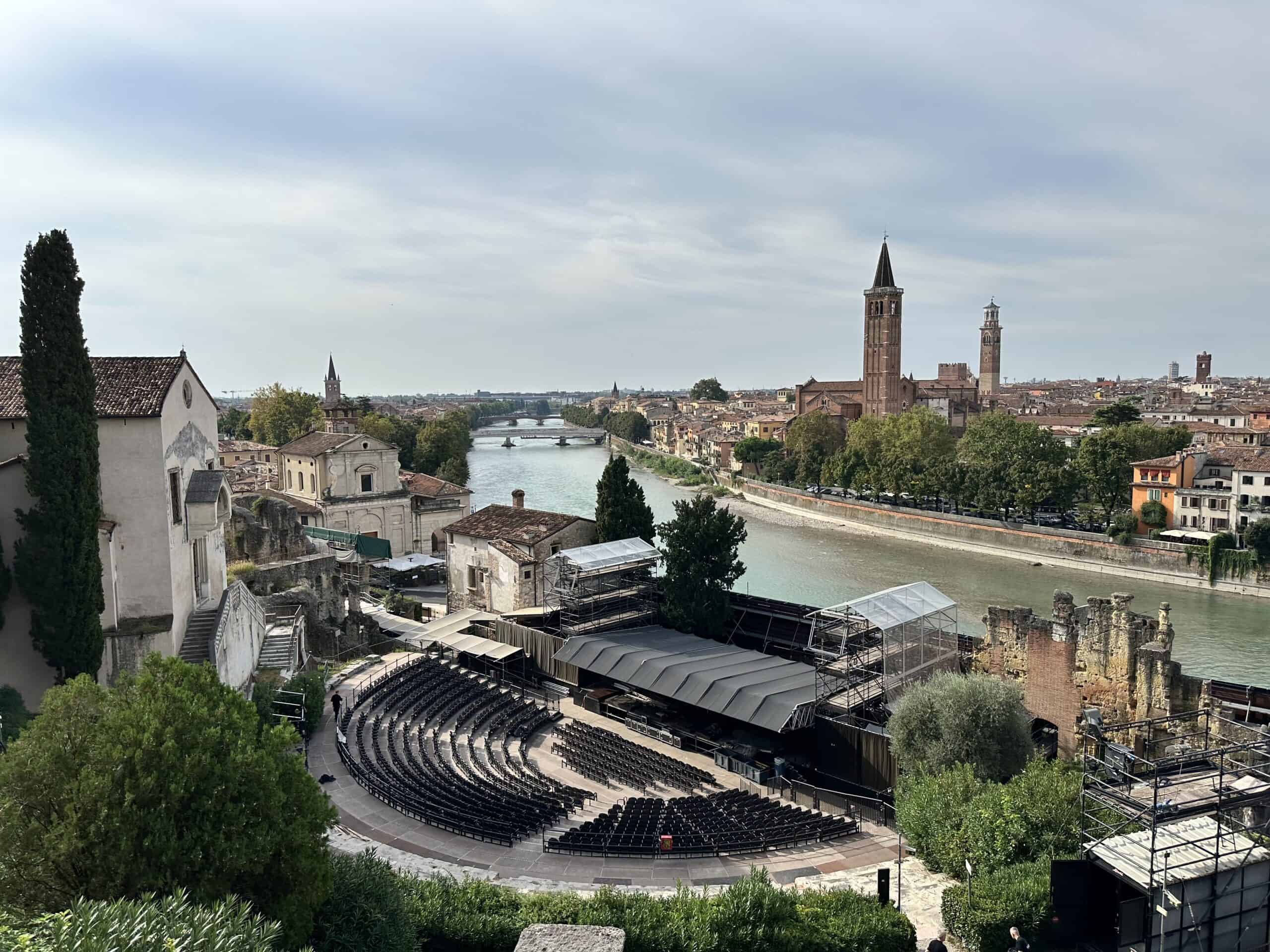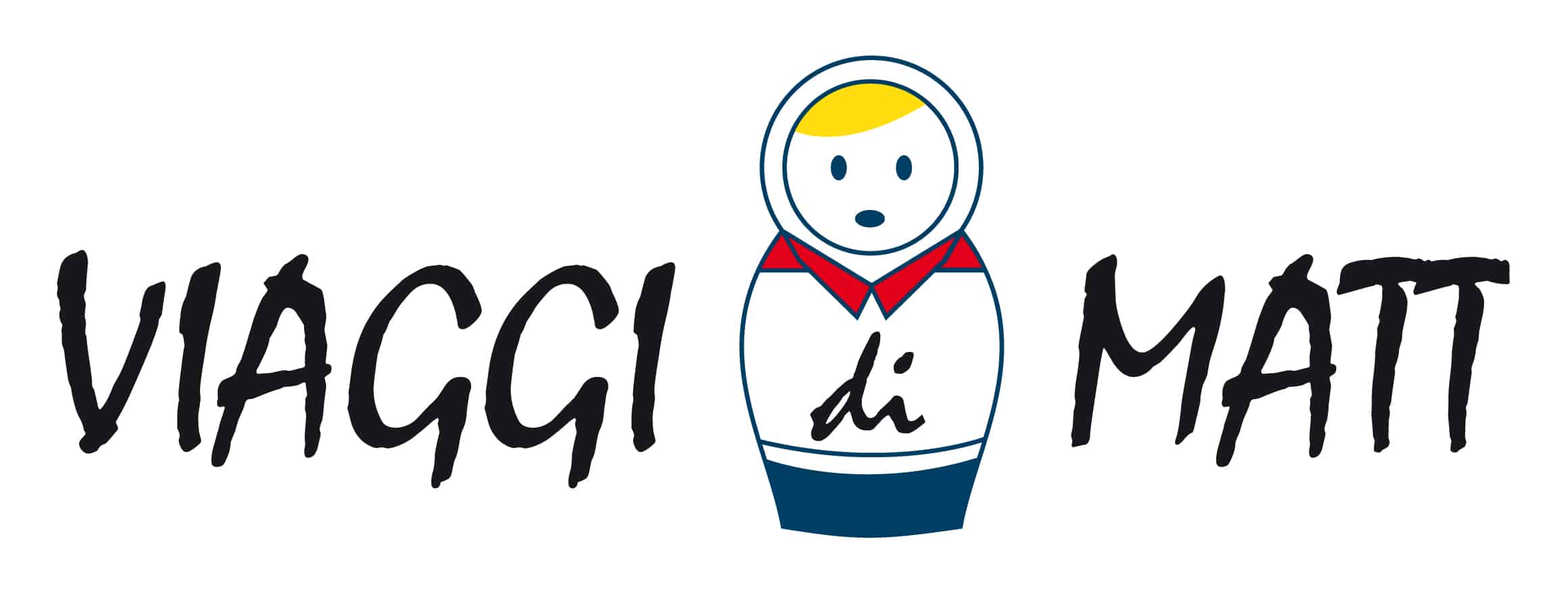
The Roman Theatre was built towards the end of the first century BC and is the oldest building in Verona.
It was built close to St. Peter’s Hill, taking advantage of the natural slope of the land to build the bleachers, as the Greeks did before the Romans.
The complex extended with successive terraces from the bank of the river to the top of the hill (about 150 m wide by 107 deep, with a difference in height of about 60 meters).
Today, unfortunately, not much remains of this monument. In fact, over the centuries it was stripped of its stones to build medieval towers and palaces and finally covered with buildings itself.
Only at the end of the nineteenth century was the area purchased and the houses that stood on the cavea were demolished.
During the excavations, all kinds of finds such as sculptures, decorations, inscriptions and other finds emerged.
The Archaeological Museum at the Roman Theater is set up inside a former convent built on the hill of San Pietro at the end of the fifteenth century.
The area was used as a museum in 1923, when the archaeological collections and finds brought by the river or extracted from excavations in the city and the surrounding area were transferred.
In the various rooms of the Archaeological Museum, you can find sculptural and decorative elements from the theater, pieces of mosaics with black and white and colored tiles, funerary stones, stelae and altars, various epigraphs and statues.
In the summer, the theater hosts the traditional Shakespearean festival “Estate Teatrale Veronese” and other events. A modern stage is set up to allow the performances to take place.





















